Another terrific guest post for the Establish a House series today! Mauri shows us how she tackles all the paper that comes into her home. This is so not my forte!
It can come at you from all sides—from work, through the mail, hidden inside backpacks, even out of your computer. PAPER! It is so easy to let it overwhelm us, our countertops, our homes. If you have a pile of papers (or three or four) teetering somewhere in your home that you just don’t know how to tackle, then read on, friend.
Let me admit upfront that paper management in my home is more functional than beautiful. If I have to stop to make colored tabs or decorative bins, then the paper is going to win. It’s been my experience that a really detailed system requires more time to keep up than I have to devote to it. So I’ve opted for a more functional approach. If I can generally locate the thing I’m looking for, I consider my system a success.
There can be various types of paper that you will need to manage in your home. Here are a few ideas about how to handle some of them.
Legacy papers
Legacy paperwork includes the kinds of things that someone would need if something happened to you and she needed to step in and manage your affairs. When a tragedy or emergency strikes, imagine what a gift it would be for someone to be able to locate critical documents easily. This might include family wills, trust information, a power of attorney, details about insurance policies and account numbers. Pick a drawer. Place relevant documents in it. Tell the appropriate people about the drawer. It’s that easy.
Dave Ramsey discusses this concept extensively on his show and website. This link suggests a 30-day process to creating your own Legacy Drawer.
School notes
I got my iPhone four years ago. This was my first foray into using a digital calendar. I couldn’t imagine how well that app would serve me, and now I can’t live without it. All school related due dates, field trip, deadlines, events, etc. go into my calendar. I regularly review the week and month ahead, so events don’t sneak up on me. I can set an alert for anything that seems particularly significant. Once an item is in my calendar, then the related papers go into the trash. If this step concerns you, simply take a photo of the paperwork and keep it on your phone until you don’t need it any longer.
Schoolwork
Notes and due dates are easily managed, but the monster of school paperwork is finished school work. School work can be so tempting to save and yet it can be so unruly–oversized, bulky, oddly shaped. I try to apply a bit of long-term perspective to these items. How often do I pine for the chance to review my third-grade spelling test? How often do you want to revisit your fourth grade division prowess? Never? Chances are your children—when grown to adulthood—will feel the same way. I will concede that it is fun to have a few evidences of that childish writing or artwork, but I’ve decided that this is a case where a little will go a long way.
So here’s our process. We keep a file box for each child in our pantry. Through the school year, we toss in any work that seems particularly worthy of preservation. At the end of the year, we sort through and choose a handful of pieces to keep. By that point, it might seem fun to keep a writing sample from September and May, a story or two, and a few pieces of favorite artwork. Then we add those pieces to each child’s grade school storage box. If we’re really on top of things, we write the grade on each item for future reference.
I gained another great idea from my son’s kindergarten teacher. She used pizza boxes to collect each child’s work and art through the school year and presented each one with their box at the end of the year. I love this idea because the box size accommodates oversized papers, limits the amount you can keep and lends itself to easy, stackable storage on the top shelf of a child’s closet.
It’s been my experience that as children grow older and the kind of work they do changes, it’s less appealing as a keepsake. Preschool and kindergarten seem to be the golden years for schoolwork preservation. A good writing sample and perhaps a few stellar tests with a teacher compliment might be more than enough for older grades.
Bills
I pay bills and update our budget once a week. I have a spot on my desk where I keep any bills or monetary issues to be dealt with at that time. Once they are paid, I pop them in my filing collection box for later filing. I’ve actually automated as many bill pays as possible, so the paper bill is more just a check up on what’s already scheduled to happen. Many of you have probably elected paperless billing for some of your accounts. This is a great option. I like the physical paper reminder of what I need to pay and proof that I paid it, so I keep a file of a year’s worth of each bill. If you have a system going that makes paper billing unnecessary, all the better.
Filing
Filing is something I really dread. I even found myself avoiding writing this paragraph about filing. At the same time, I like having things properly filed and accessible when I need them. My middle ground between these two poles is my filing collection box. I keep it in my kitchen cupboard. Anything that needs filing gets dropped in here and once the box is full, I bite the bullet and file everything at once in a thirty-minute session. This is clearly not the most efficient method, but it has the overriding benefit of enabling me to actually reach my end goal, so I go with it. Another option would be to simply file things at the end of each budgeting session, but for some reason that doesn’t work for me.
My files are roughly organized by categories–bills, bank accounts, investment accounts, personal records, insurance policies, vehicles. As I said before, I keep bills and account statements going back about twelve months generally. You may have a drawer or filing cabinet for your paper files. If not, you can purchase a variety of file boxes that are easy to transport and tuck away when you don’t need them.
Warranties
Warranties are something that always seem to beat me. By the time I realize I need to invoke a warranty, I feel like I’m always missing one vital piece of information or another. In an attempt to improve my track record here, I’ve started corralling the pertinent papers at the time of purchase. I usually staple together the receipt and warranty paperwork. I write in ink the date of purchase, the name of the item and the warranty expiration date. I’ve noticed that some receipts fade quickly and the pertinent data can disappear. Then I file this packet in a warranty file. At times I’ve broken this file into various categories—furniture, appliances, electronics, etc.—based on the number of items I’m trying to keep track of.
I’m sure you’ve thought of other ways to handle each of these types of paperwork as you’ve read. That’s great. You’re probably coming up with ideas that better fit your individual situation. My general rule of thumb here is to find a process that works well enough to meet your needs within the limited time you want to devote to it. Paper helps to guide and preserve aspects of our life, but let’s keep it in its proper place.
 Mauri Nelson lives in Myrtle Beach, SC with her husband and two children. She attended BYU and now works part-time for Brookgreen Gardens, one of the most amazing public gardens in the US. She and her family are all counting down the days until summer when they can sleep in a bit, swim in the river … and sort their schoolwork boxes.
Mauri Nelson lives in Myrtle Beach, SC with her husband and two children. She attended BYU and now works part-time for Brookgreen Gardens, one of the most amazing public gardens in the US. She and her family are all counting down the days until summer when they can sleep in a bit, swim in the river … and sort their schoolwork boxes.

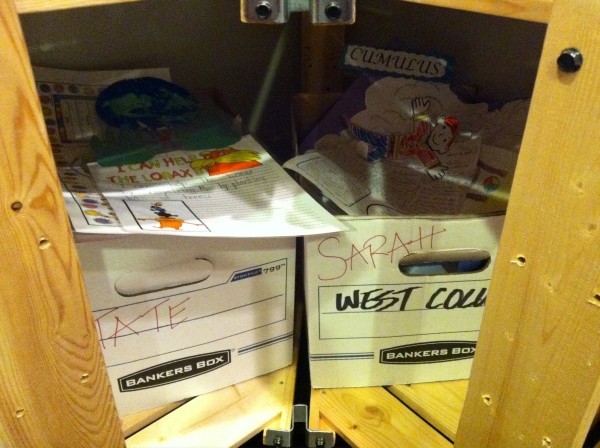
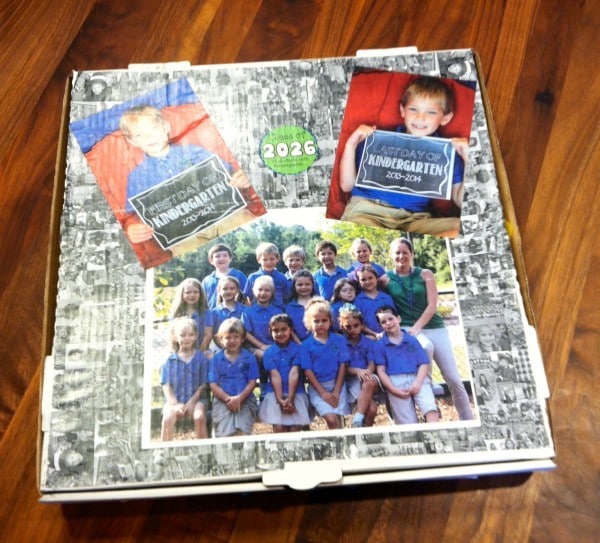
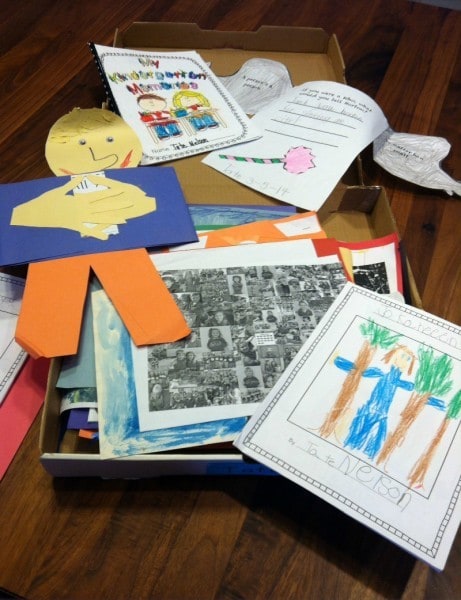
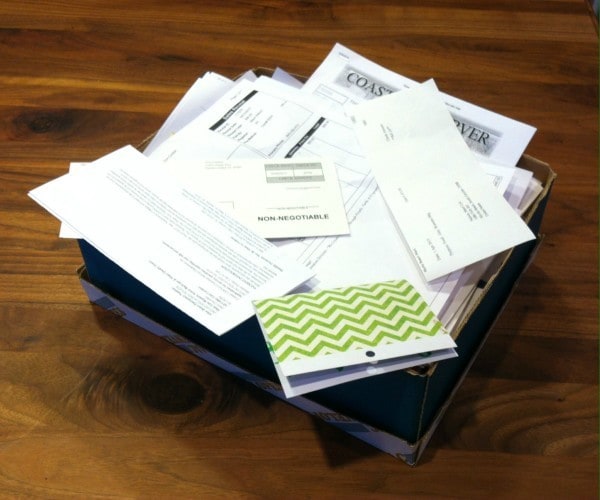
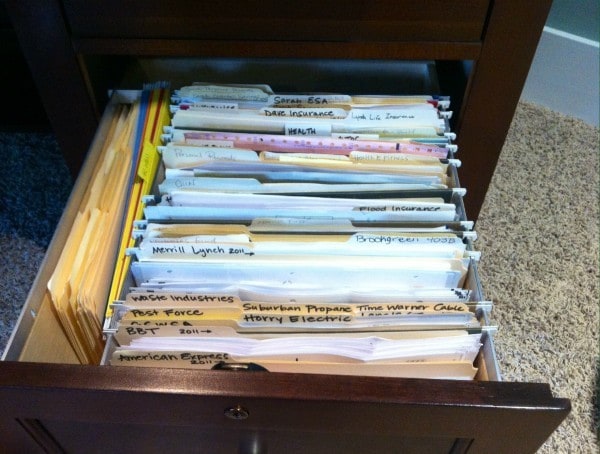
Thanks for such a great post! Our family files and tracks many things in the manner you’ve presented here. I even have a “stash” of to-be-filed stuff, as well! I will say that I have one file box with a set of folders for each family member. Each child has file folders for medical (annual visit reports/ prescriptions/ medicine records), legal (birth cert/ ssn), bank (acct record), awards (certificates, etc worth keeping), and report cards (standardized test scores, reports, etc). My husband and I have medical, legal, and professional folders. The professional folder is where I file any work related certifications or license information. If there’s an emergency (oh, like evacuating for a hurricane), I know to grab that box and get going.
A legacy drawer is a great idea! Our important papers are spread out all over the house and I forget where I have stored what. When I need to find a document it takes me forever.